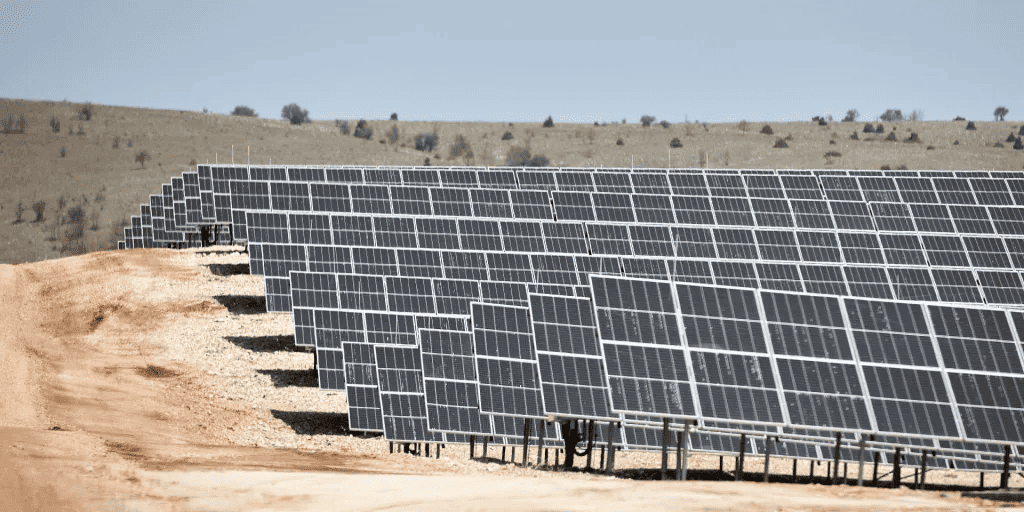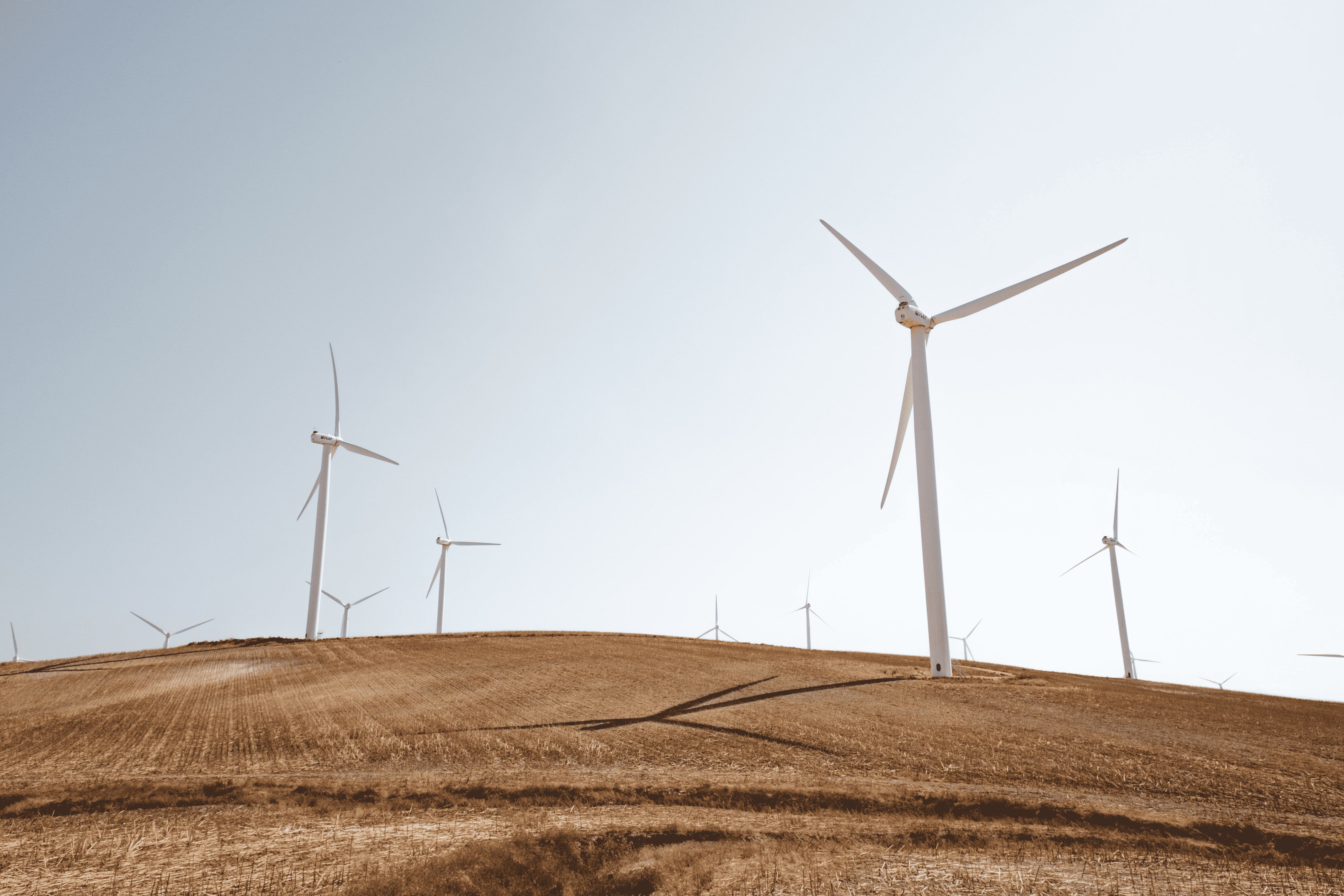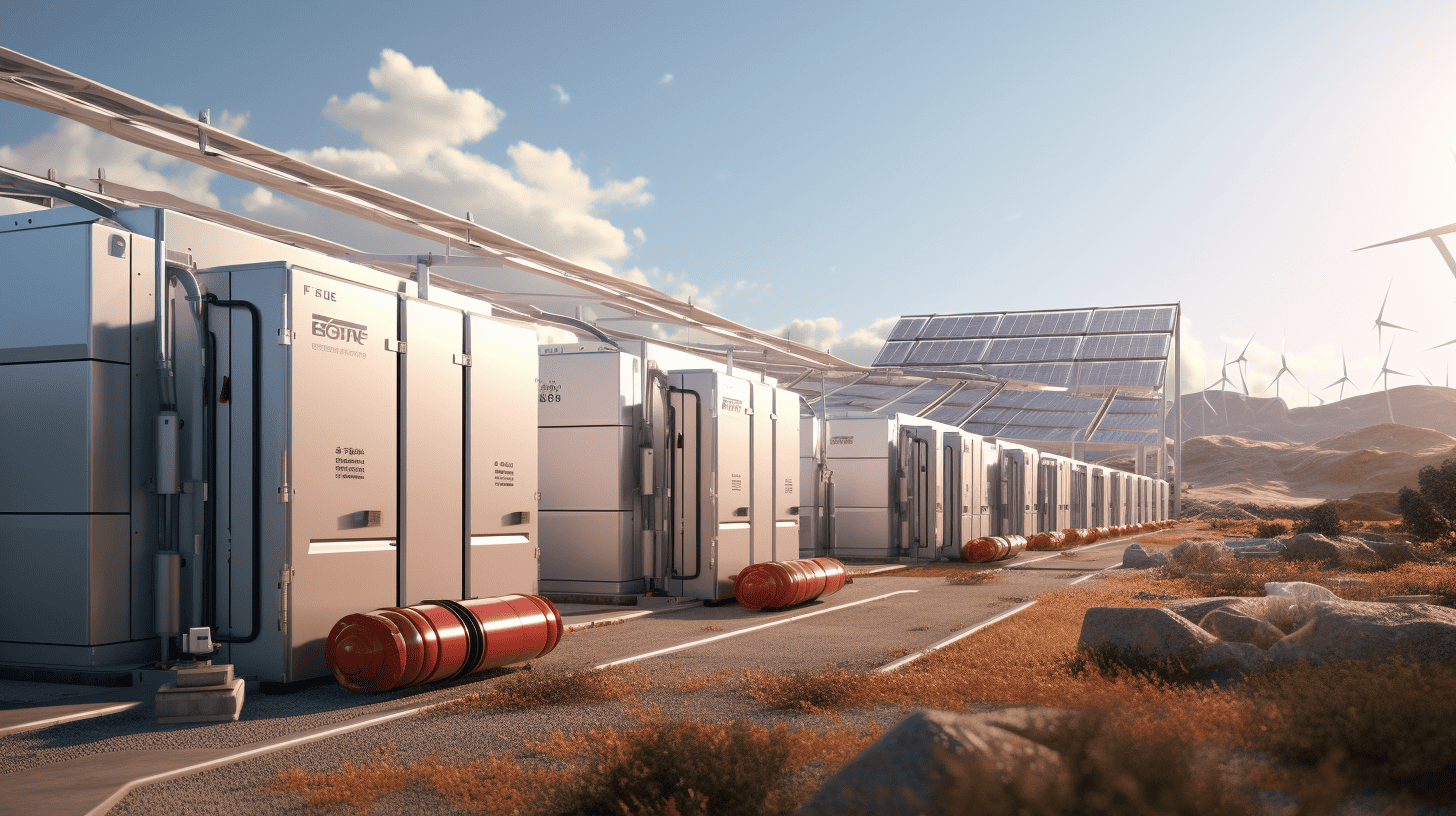
Sitting at the opposite extremes of Southern Europe, Portugal and Greece enjoy lots of sunlight, and the wind batters their hundreds of kilometers of coastline. On the way to a more sustainable future, the two walk on different paths.
- Greece and Portugal power themselves differently.
- Portugal already produces most of its power from renewable sources, especially from hydroelectric and onshore wind farms.
- Greece heavily relies on fossil fuels, with the cabinet considering a new nuclear plant.
- Both countries plan to increase their renewable power capacity.
In our European Energy Index map, Portugal is often greener than Greece. In our rationale, a greener color is assigned to countries that, in their power output, have a renewable energy prevalence. Yet, there is much more to tell when analyzing the two Mediterranean countries. Portugal produces most of its power from renewable sources, while Greece still primarily relies on fossil sources. But there’s much more to say to outline how the two power themselves.
Nuclear power
A similarity first, both countries don’t have any nuclear plants (yet). Greek Prime Minister Kyriakos Mitsotakis back in 2021 stated that his country “will never switch to nuclear power,” given the high seismic risk of the region. Following the start of the war in Ukraine, Greece has been reconsidering its strategies, and it’s now in talks with Bulgaria to build a nuclear plant on Bulgarian territory. Athens would use the facility on a 20-year contract. There has always been resistance to building nuclear plants in Portugal, with fierce opposition in the 70s.
Fossil fuels
Fossil fuels still represent the largest source of electricity in Greece. Specifically, according to data from energy think tank Ember, over 56 percent of the power produced in the country came from fossil sources – coal, gas, and other fuels. With gas representing the primary fossil source, coal still accounts for over ten percent of generated energy. Athens plans to shut down its coal-powered plants in 2028, while Portugal completed its phaseout in 2021.
Fossil sources were behind over 39 percent of Portugal’s energy production – with natural gas accounting for most of this share.
Renewable power
Renewable power is increasingly becoming central to both countries’ energy mix. In 2016, Portugal set a record for running on renewable energy for four days straight. Last year, Greece achieved a similar result, powering itself on green energy for five hours straight. Lisbon aims at achieving 85 percent of electricity usage coming from renewable power by 2030 – it currently gets 60 percent of its electricity from green power – while Greece targets a 70 percent share by the same year. Furthermore, Athens targets a 28 GW renewable power capacity by 2030.
In the first five months of 2023, renewable energy sources covered 63 percent of Portugal’s energy consumption, stated the grid operator REN. During this period, wind and hydroelectric supplied half of the electricity, while solar power accounted for seven percent and biomass six percent.
Solar
Both blessed by abundant sunlight, the two Mediterranean countries are expanding their solar energy production capacity. At the end of 2022, Greece could count on over five GW of installed capacity. Last year was a historical one for solar energy in Greece, as the country opened the largest bi-facial solar plant in Europe, capable of powering 75.000 households annually.
Lisbon’s will is to ramp up solar installations in the coming years massively. The 2030 goal is to have over 20 GW of photovoltaic installations. At the end of 2022, the country had three GW of installed solar capacity. In July, solar reached ten percent of energy consumption for the first time.
Wind
Faced with Atlantic currents, Portugal only partly tapped its wind power production potential. So far, wind turbines have been installed onshore, reaching over five GWs of capacity. By the end of the year, the government expects to launch the first offshore wind auction and eyes getting to a ten GW capacity by 2030. The country can only count on a 25 MW capacity floating wind farm. Overall, wind accounted for 23 percent of the power generated in 2022.
Greece’s electricity grid features five GW of connected wind turbines, covering a fifth of its electricity demand. In addition, the country eyes installing two GW of wind turbines off the coast by 2030.

Hydropower
Water power plays a crucial role within the Portuguese energy mix. The country can count on 7.3 GW of hydroelectric plants, with dams all over the country’s rivers. These facilities generated 13 percent of Portugal’s power in 2022. However, recurring droughts are forcing the country to restrict water use for electricity production. The 2022 figure represents a sharp drop in power production, which in 2021 guaranteed over a quarter of the country’s electricity. Current hydro and wind power plants represent 83 percent of the country’s total power generation capacity.
Mainland Greece is a mountainous country for the most part, thus having lots of room for hydropower development. Leading electricity company DEI estimates an 80 Twh yearly theoretical potential, with only 40 percent currently exploited. Two large hydropower plants (Messochora and Metsovitiko) are under construction and will have a combined capacity of 200 megawatts.

Work to do
Like the rest of Europe, both countries are working on expanding their renewable energy capacity, reducing their dependence on fossil fuels. Similarly to the bigger Mediterranean cousins Spain and Italy, they are boosting their renewable energy ambitions. Portugal plans to bet on solar and wind energy to improve its renewables usage further, and Greece is considering introducing nuclear power to its energy mix.
For Portugal, the job will be easier – given its already high renewable power generation, one of the highest in Europe – but it remains to be seen if and how the goals previously set will be achieved. The same goes for Greece, and for Europe as a whole.



